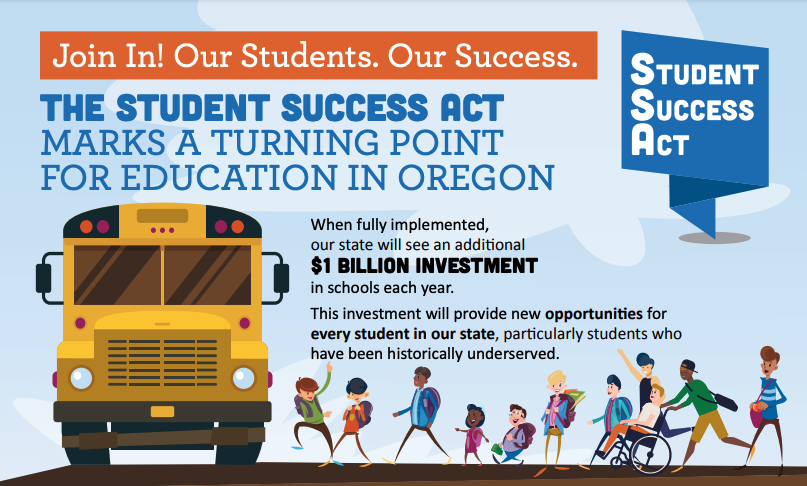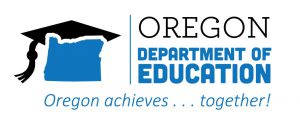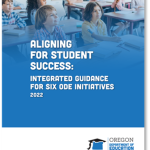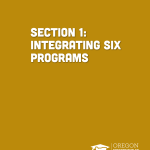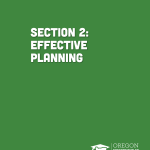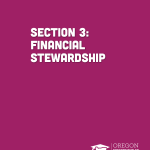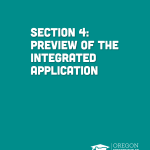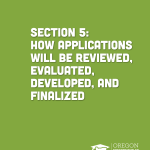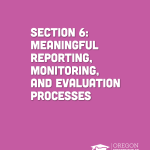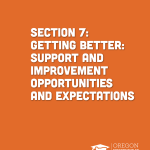What activities can be funded by SIA funds?
- Expand Instructional Time
- More hours or days
- Summer programs
- Before/after-school programs
- Address Student Health and Safety
- Social emotional learning, trauma informed practices
- Mental and behavioral health
- More school health professionals
- Facility improvements
- Reduce Class Size and Caseloads
- Provide a Well-Rounded Education
- Early literacy
- Middle school programs and supports
- Broadening curricular options (art, music, PE, STEM, CTE, engaging electives, college credit opportunities, dropout prevention, life skills classes, talented and gifted programs, and access to licensed librarians
Plan Adjustments vs. Plan Amendments: What’s the difference?
Adjustment: For minor changes to your SIA plan that align to current strategies, help achieve named outcomes, as well as address needs identified through community engagement. Examples of a plan adjustment include the addition or removal of activities within an existing strategy that already exists within the current three-year plan.
Amendment: For making more structural changes to your SIA plan which may include the addition or removal of entire strategies or outcomes. This would also include if you are modifying your plan to address new needs identified through ongoing community engagement. Examples of a plan amendment include a changed relationship with a charter school in your district or as mentioned the permanent removal of a strategy in the original three-year plan. In addition, if ODE recommended that you update your strategy language during the progress report process, please file your plan update as an amendment, which means you’ll also be able to upload the new strategy language on either the Integrated Planning Tool or another format.
If you have additional questions you can email Tanya Frisendahl.
Board Minutes: When are they needed, and what must they show?
- SIA Grant Agreement (required before funds can be released in EGMS): Board minutes showing that your 2023-24 Grant Agreement (including LPGTs) was presented and approved at an open board meeting, with opportunity for public comment.
- SIA Annual Report (Due 11/30/23 with your SIA Q4 and Annual Report for 2022-23): Board minutes showing oral presentation of the Annual Report. Please note this is more than just a financial update, and should include progress made toward outcomes within your SIA plan.
- Early Literacy Application (Due with submission of your application): Board Minutes showing presentation of your Early Literacy Application.
- Financial Audit Report (Due 2/29/24 with your Integrated Quarter 2 Report): Board Minutes showing presentation of your Financial Audit Report. Note: There is no additional requirement for the presentation to be SIA specific. Discretion remains with the auditors to present on findings relevant to SIA funding.
What can I claim from EGMS?
SIA is a disbursement grant and as of January 1, 2024, you can claim up to 75% of your funds if you have an executed SIA Grant Agreement.
HSS, EIIS, and Federal School Improvement (CSI/TSI) subgrants are reimbursement grants and claims can be submitted at any time once you have an executed grant agreement.
What is required for SIA Plan Changes? (09/2022)
SIA Dashboards for Year 2 (Y2) will be released via new Smartsheet links and sent to grantees on October 1st. Similar to last year, Grantees will balance their 2022-23 budget for your Quarter 1 report. This will include completing the following:
- Update budgets and activities to align with actual Y2 allocations
- Identify FTE Type
Once the Quarter 1 reporting period closes, if grantees want to make Plan Changes throughout the year, review the SIA Plan Change Quick Guide to determine what Plan Change you want to make and next steps.
What are the expectations for maintaining SIA documents on our district or school website?
The Student Investment Account is rooted in community engagement and transparency. In keeping with this spirit, districts and eligible charter schools are required to post important documents including their SIA plan, budget, and grant agreement to their websites. The SIA team shares the following as guidelines for all SIA documents posted to recipient websites:
- Original plans and budgets (board approved) should be maintained on the district website. Once the original plan and budget is updated through adjustment or amendment in the spring of 2021, it should also be posted alongside the original plan and budget until the full application cycle is completed again in spring 2023, and at that time, the new board approved plan and budget can replace the earlier versions on the district website.
- SIA grant agreements should also be maintained on the district website until the full application cycle is completed again in spring 2023. If the grant agreement is amended, ODE encourages recipients to post it alongside the original grant agreement on the district website.
Some districts have a Student Success Act/Student Investment Account webpage that is dedicated to posting information about community engagement activities and events, the legislation and the documents referenced above. Other districts have a “Documents” link where these items can be found. While districts and eligible charter schools have discretion as to where they post these documents, they should be easily searchable and accessible (one to two clicks away from the main webpage).
Q: Our district’s indirect rate is less than 5% for other funding streams. Can we still claim up to 5% of SIA funds for administrative costs, which include indirect costs?
A: Yes, according to Oregon Administrative Rules for SIA funds, districts can charge up to 5% or $500,000, whichever is less, for administrative costs which include indirect costs regardless if their approved rate is lower for other funding streams.
Q: Is there a limit on how much of our SIA allocation we can report as expended in the second progress report?
A: The second progress report period limit on expenses that can be reported is 70% of grantee’s reduced allocation for 2020-21 school year. The 70% expense limit includes 40% from the first reporting period (July 1 – December 31, 2020) and the additional 30% for the second reporting period (January 1 – March 31, 2021). When ODE reviews the second report, they will add grantee’s “First Report $ spent” and the “Second Report $ spent” columns, which combined should not surpass 70%.
Q: Our district is currently working on our SIA plan update to be submitted during the May 1 – June 30, 2021 window. Can you clarify whether board approval is required for SIA plan updates for the 2021-23 biennium?
A: For the 2021-23 biennium, grantees who received SIA funds will only need to submit a plan update to the original three-year plan. In our Supporting Quality Implementation guidance released in December 2020, we included a preview of what will be required to be submitted for plan updates in Appendix B. As part of the SIA plan update, grantees will be required to provide narrative responses to describe how community engagement has informed either their adjusted or amended plan as ongoing and meaningful community engagement is foundational to the SIA. Since grantees will be updating the original three-year plan that was previously approved by the governing board as opposed to creating a new four-year plan as originally anticipated pre-COVID, the SIA plan update is not required to formally go before the board for approval.
Q: Will school districts and schools be receiving another allocation of ESSA Partnership funds for the 2022-23 school year?
A: ODE is monitoring requirements from the US Department of Education pertaining to the identification of CSI/TSI schools and subsequent requirements pertaining to school improvement resources. Current recipients of ESSA Partnership funds should plan for the 2021-22 ESSA Partnership funds being the final in the series.
Q: How much of my allocation can I claim in EGMS once my SIA grant agreement/amendment is fully executed?
A: Based on the distribution schedule articulated in your grant agreement, you will be able to draw down 50% of your 2021-22 SIA allocation once your grant agreement/amendment is fully executed. As the SIA is designed to be a disbursement grant, we ask that grantees claim the full 50% at one time, prior to December 31, 2021. The next 25% will be available on January 1, 2022, and we ask that grantees claim this portion by March 31, 2022.

